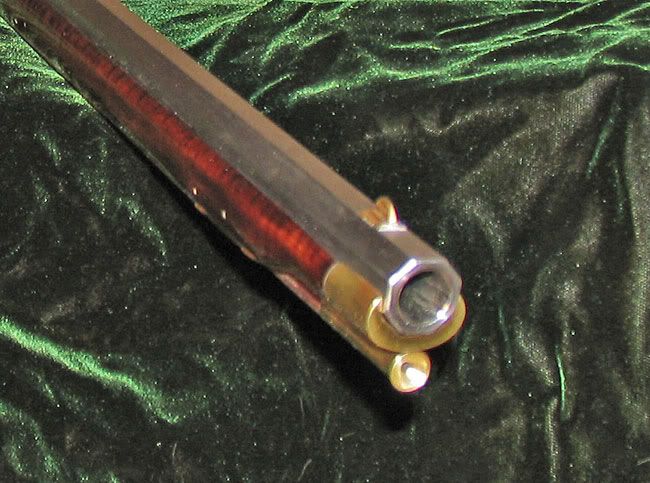- Joined
- Jan 31, 2009
- Messages
- 13,037
- Reaction score
- 7,296
I suppose this is going to be a theoretical subject matter because no one is going to claim to have improved their accuracy after rifling a blunderbuss but for shooting patched round ball, how big and deep do you think a crown gets before it becomes a detriment to accuracy?
Photos of your coned muzzles with info on your accuracy would be welcome as well. I do the typical minimal smoothing (as little as I can get by with) and would appreciate seeing what others have found works for them.
Meanwhile, as far as the size of the crown before it becomes detrimental it's really more a question of angle. Maybe a 45 degree angle would be OK no matter how big the "chamfer". How about a 60 degree? What do you think?
Photos of your coned muzzles with info on your accuracy would be welcome as well. I do the typical minimal smoothing (as little as I can get by with) and would appreciate seeing what others have found works for them.
Meanwhile, as far as the size of the crown before it becomes detrimental it's really more a question of angle. Maybe a 45 degree angle would be OK no matter how big the "chamfer". How about a 60 degree? What do you think?







